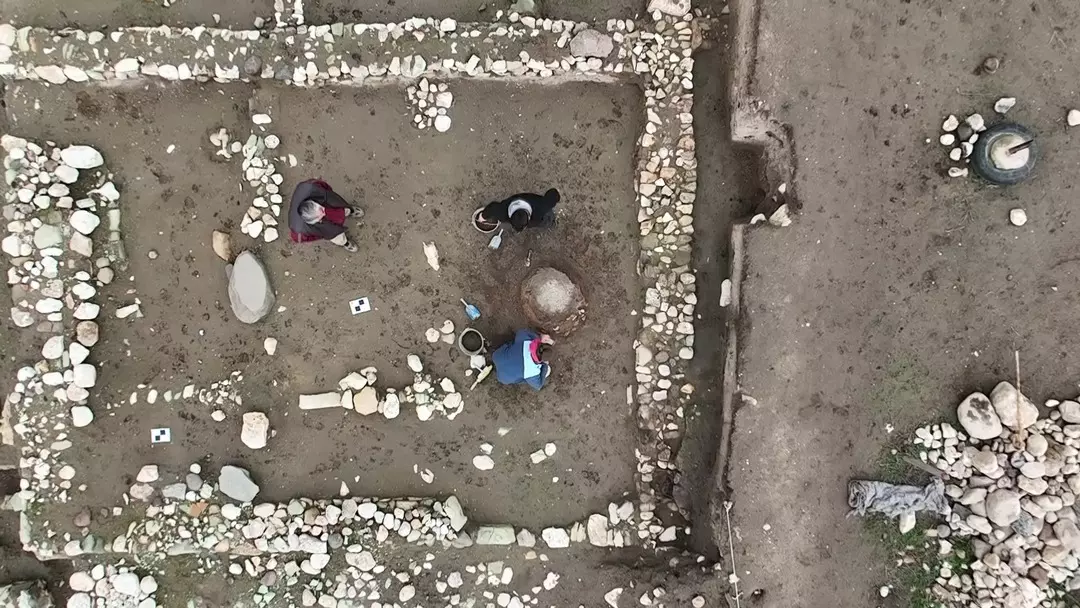In the annals of archaeological exploration, tales of remarkable discoveries and enigmatic artifacts abound, offering tantalizing glimpses into the distant echoes of human history. From the sun-drenched shores of Greece to the verdant landscapes of England and the arid deserts of Peru, each excavation unearths a tapestry of intrigue, weaving together the threads of ancient civilizations and the enduring mysteries that shroud them.
In the hallowed year of 1876, amidst the ruins of Mycenae, German archaeologist Heinrich Schliemann unearthed a treasure beyond compare—a gold funeral mask, radiant in its craftsmanship and steeped in the lore of antiquity. Crafted from a single sheet of hammered gold and bearing the unmistakable mark of three-dimensional artistry, this opulent visage came to be known as the Mask of Agamemnon, igniting speculation that it may indeed portray the legendary King Agamemnon himself. Yet, as the 20th century dawned, the mask's authenticity was called into question, its true age revealed through the lens of modern archaeology to predate the Trojan War by centuries. While confirming its genuine antiquity, this revelation dispelled the romantic notion of its association with Agamemnon, leaving scholars to ponder its origins and significance, even as it continues to mesmerize with its golden allure.
Meanwhile, across the windswept moors of England's Star Carr archaeological site, Cambridge archaeologist Professor Graham Clark stumbled upon a trove of mesolithic treasures, shedding light on the ancient practices of hunter-gatherer societies. Among the artifacts lay the skull of a red deer, its eyeholes bore out with primitive stone tools, fashioned into a curious form of mask known as a frontlet. These haunting relics offer a poignant glimpse into the harsh existence of our nomadic ancestors, their lives intertwined with the rhythms of nature and the pursuit of sustenance. While the purpose of these enigmatic headdresses remains shrouded in mystery, tantalizing theories suggest they may have adorned the visages of accomplished hunters, revered elders, or revered figures during sacred ceremonies, bridging the gap between the mundane and the divine.
Journeying further afield, to the sun-scorched plains of northern Peru, archaeologists unearthed a sepulchral marvel concealed within the depths of a thousand-year-old tomb. Here, amidst the remnants of the Sechín culture, a leader emerged from the sands of time, their skeleton adorned with crimson hues and positioned in a posture of reverence. The enigmatic treasures of the San culture, which flourished between 750 and 1375 CE, continue to unveil their secrets, offering tantalizing glimpses into a civilization shrouded in myth and legend.
In these tales of ancient discovery, we glimpse fragments of a forgotten past, where the echoes of antiquity resonate with the dreams and aspirations of generations long gone. Each artifact, each excavation, is a testament to the indomitable spirit of human curiosity, driving us to unlock the mysteries of our shared heritage and illuminate the corridors of time with the flickering torch of knowledge.







